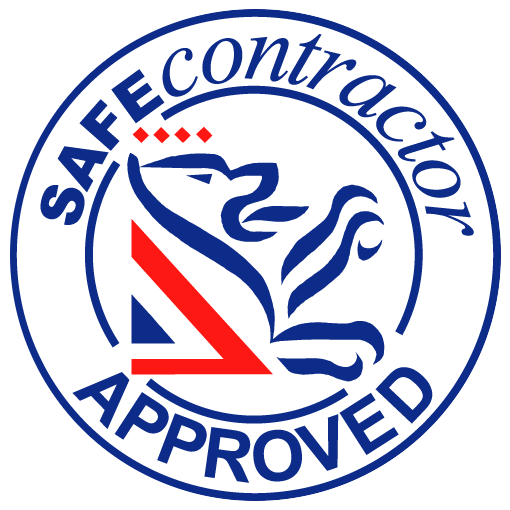Off Grid Systems – Key Products
Off Grid Systems – Key Products
Off Grid Solar Panels
Starting with the most obvious part of an off-grid solar system, these are the solar panels. Currently, the most cost-effective solar panels are those made up of 60, 72, 120 or 144 cells. Solar cells are the small squares that makeup the entirety of the panel itself. These days, monocrystalline panels are the industry standard in most systems. A typical 60 cell monocrystalline solar panel will be around 66” x 40” in size and output in the range of 300-330 watts, whereas a 72 or 144 cell panel will measure 80” x 40” usually and output around 360 watts or above. Knowing how many solar panels needed for an off-grid solar system varies. Once the number of panels is known, the panels are connected together into a solar array. The solar panels are connected in series to form a group, then the various groups of solar panels are connected in parallel, this method simplifies the solar array output down to a positive and negative wire, which leads us to the next component, solar charge controllers.
Off Grid Inverter / Chargers
Appliances in a home operate on AC current. Solar and other renewable sources generate DC current. An inverter is required to convert DC current from the renewable source to usable AC current for appliance and other home powering needs. But where does the “charger” part come in? In an off grid application, batteries are used to store energy for later consumption when the sun is not out, or the wind is not blowing. Because there is variability in the renewable source, a generator is often incorporated into the system to charge batteries when needed. Because the output of most generators is AC. Essentially, an off-grid inverter/charger will convert power from DC to AC for consumption and AC to DC for charging.
See Our Range of Off-Grid Inverters For Sale Here
Off Grid Charge Controllers
It might seem redundant to have an a charge controller and an inverter/charger, but each serves its own purpose in an off-grid system. A charge controller allows power from a DC source like a solar array to charge the batteries.
Off Grid Batteries For Power Storage
A truly off grid solar system must incorporate batteries to achieve true energy independence. Batteries function as the “bank” where excess renewable is deposited and then later withdrawn when needed. Required battery capacity, measured in kWh (kilowatt-hours), depends on the size of the loads that will be powered, meaning that there is no “one size fits all” answer. Other battery considerations include battery chemistry, battery size, storage and recyclability of battery materials. It is widely known that batteries supplied by PB Battery Solutions, previously utilised for forklift trucks, boats, golf buggies etc make the best storage solution for off-grid generated electricity.
See Our Range of Off-Grid Batteries Available For Sale Here
